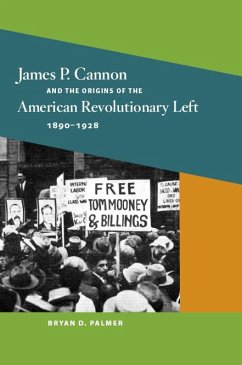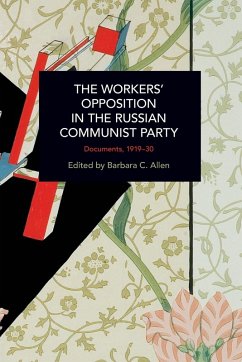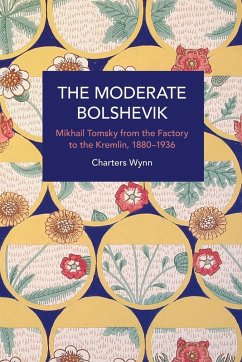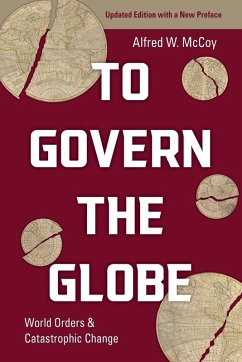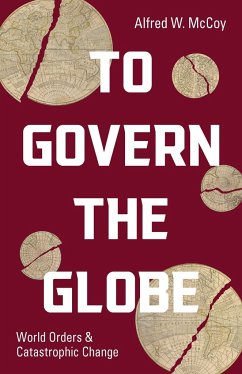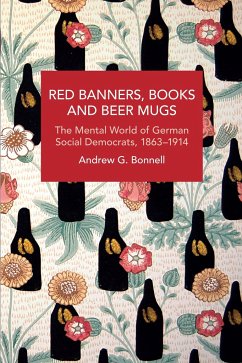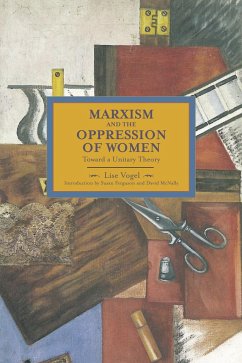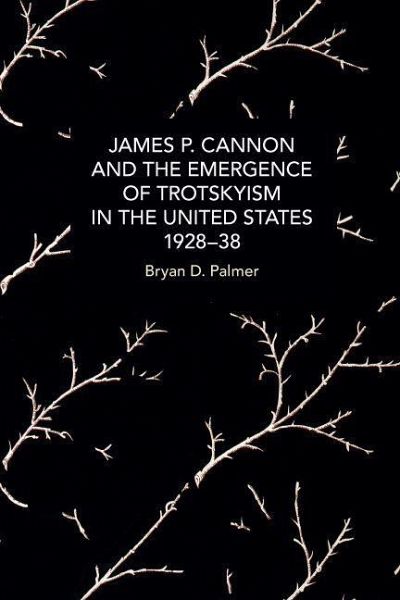
Bryan D. Palmer
Broschiertes Buch
James P. Cannon and the Emergence of Trotskyism in the United States, 1928-38
Versandkostenfrei!
Versandfertig in über 4 Wochen

PAYBACK Punkte
33 °P sammeln!




A magisterial study of the politics and practice of the American Trotskyist movement in its heyday.
Bryan D. Palmer is Professor Emeritus and former Canada Research Chair, Canadian Studies, Trent University, Peterborough, Canada. He is a Fellow of the Royal Society of Canada, former editor of Labour/Le Travail, and has published extensively on the history of labour and the revolutionary left, including the two-volume, Marxism and Historical Practice (Haymarket, 2016) and the co-authored, Toronto's Poor: A Rebellious History (Between the Lines, 2016).
Produktdetails
- Historical Materialism
- Verlag: Haymarket Books
- Seitenzahl: 1208
- Erscheinungstermin: 24. Januar 2023
- Englisch
- Abmessung: 229mm x 154mm x 69mm
- Gewicht: 1652g
- ISBN-13: 9781642597783
- ISBN-10: 1642597783
- Artikelnr.: 63402966
Herstellerkennzeichnung
Libri GmbH
Europaallee 1
36244 Bad Hersfeld
gpsr@libri.de
Für dieses Produkt wurde noch keine Bewertung abgegeben. Wir würden uns sehr freuen, wenn du die erste Bewertung schreibst!
Eine Bewertung schreiben
Eine Bewertung schreiben
Andere Kunden interessierten sich für


